Some of your most famous projects are related to urban transportation. Which are the major challenges of such works?
When you find yourself designing an entire part of a city you want your work to be different from the previous ones which caused much damage. This means that you don’t only have to comply rules and regulation plans, but also understand the needs of who’s going to be living there, their habits and expectations, and put this into your project. This puts strategy ahead of form, which is the only way to design things, buildings and spaces. In this way, big projects mean studying flows and infrastructures as they represent the link with the territory. A railway station, an airport, an underground station or a bus stop link all of this together. Our work must to be an interpretation in order to avoid the mistakes made in the past which led to the rise of boroughs. We need to interpret a situation from time to time, with specific answers instead of mere stereotypes, in the effort to reinvent and regenerate the urban environment.
How would you describe the city of the future in terms of architecture?
A couple years ago I was actually asked to design an entire city: a residential settlement for 25.000 people, with innumerable houses, schools, mosques, parks, shops, offices, hotels, even drains. It had to be a high quality place, with barely no pollutants emission and a reduced use of cars. A wellness oasis, so to speak. The location was in the UAE, between Abu Dhabi and Dubai: my studio worked with an international and multidisciplinary team made of landscape architects, transport engineers, geologists, economists, hydro-geologists and so on… working all together to make my architecture project feasible. How did I design it? Who knows! I just forgot everything I knew to work on every input.
Enzo Calabrese: a thousand languages
Discovering the secrets of the Italian architect and designer
What’s the secret of a successful interior?
I would say it’s not a secret but an attitude, which might be the actual secret! A winning attitude is understanding each culture, being aware of the trends without being overwhelmed by them, paying attention to what people actually need and want. This attitude suits any project, from a restaurant to a night club. Every final user has specific needs and a good professional must interpret them.
What would you suggest to young emerging designers?
I don’t think it’s a matter of age, everyone can get into design at any time, like any other profession. To me, the important thing is to look forward without being discouraged by the number of people who are walking down the same road. Just a few people are really strong: trying to achieve something is much better than dreaming of it and being scared. When you focus on a target, you kind of get special, invincible. Generosity, passion, consistency, they matter and pay back. A critic moment like the current one is crucial, because it means that a system is ending because its chances are over: there’s something old to get rid of, and something new to build. This turns us into “hunters” again.
Which of your projects best depicts your philosophy?
The Stone, the CD case I designed in 1997 which was produced and distributed by F.lli Guzzini, was the first actual expression of myself, in just one shot. This doesn’t mean there wasn’t a design process behind it, however it was the first time a company like Guzzini believed in me, a young boy back then who used to sleep in his own car to get to introduce his prototype to Mr. Domenico Guzzini. The Stone represents the emancipation towards my own identity, which made me more confident in both design and architecture. So when in 2001 I found myself working under Paolo Desideri’s supervision to present the project for the new Tiburtina railway station, I didn’t hesitate to dare designing the massive unique hanging volumes aimed at hosting the customer service. We won the contest and today here they are, after many trials and 3d models. The SAMPEI Lamp, designed with Davide Groppi, is another work I cherish. It won the Compasso D’Oro award, the EDIDA International Design Award and many others, thanks to magazines and sales. Its success represents the success of the consistency of my approach. Working with Davide Groppi means completely understanding what his firm wants from a lamp. It’s tough but so useful for a professional expertise. I don’t know which work best represents me, but as you can tell I have many tales about them.
What distinguishes your works?
I would say what does not distinguish them! A long time ago I visited at his studio to show him my 10x10 card portfolio. He told me my works were interesting and that he couldn’t tell they were by the same designers. I was a little disappointed, but he was right. Later on, I realized this is a peculiarity, not a flaw. Having a personal specific language suits the art field; when it comes to design and architecture, a project is meant to be put out in the real world, in a certain space with different requirements from time to time. Being able to fulfill them make a project capable to improve the life of its users.
Which materials do you prefer?
Materials are all wonderful, it depends on the project I work on, as well as the time of a designer’s life. In this moment I’m quite into wood and iron, in their purest and rawest condition. They have great material qualities: you can carve, bend, weave them. They are resistant and great to touch, as touch is a good sensation channel. They suits many projects without make you spend much money or energy. You can produce a chair, a coat rack, a house, a building, a tower… and then destroy everything to re-use the same material in another way.
INFO: www.enzocalabresestudio.it
PHOTO COURTESY: Enzo Calabrese
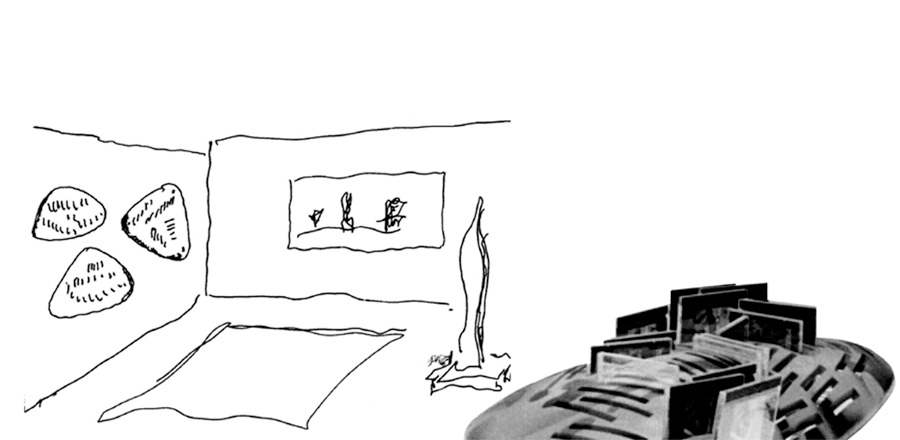

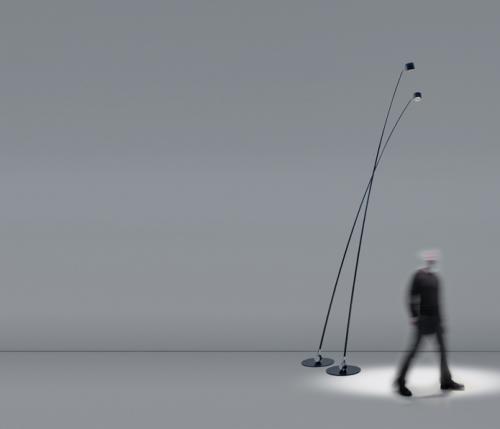
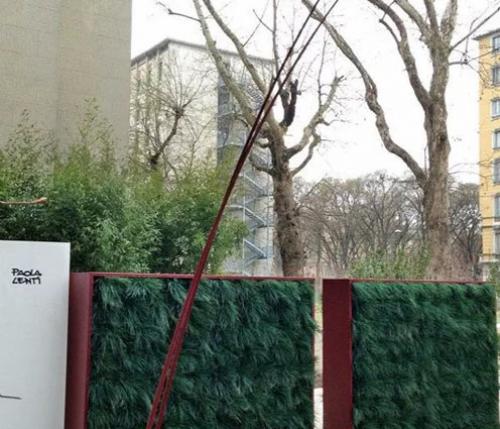
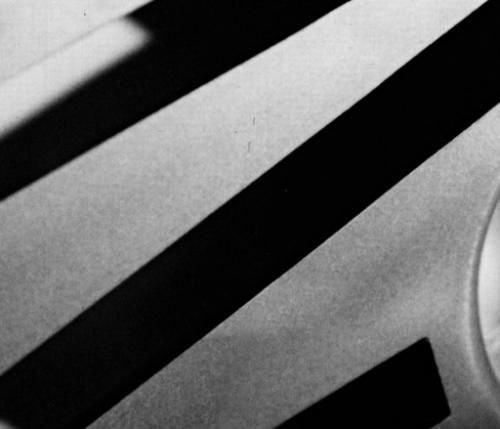
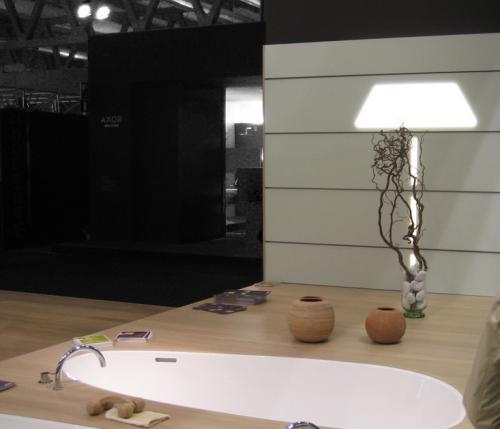
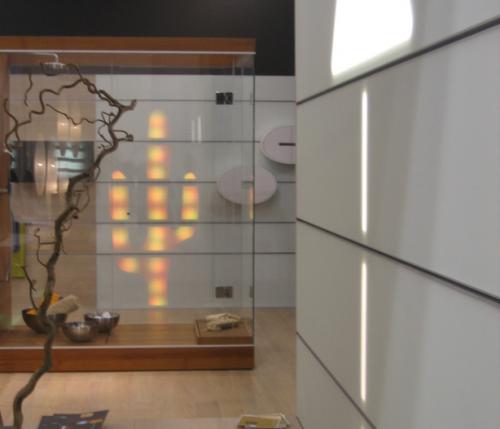
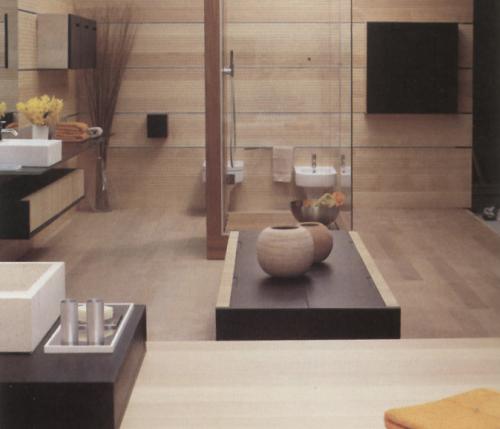
 Workspace Design Show: 2024 UK Edition
Workspace Design Show: 2024 UK Edition  Open-air elegance: Claudio Bellini x Higold, the symphony of outdoor design
Open-air elegance: Claudio Bellini x Higold, the symphony of outdoor design  A stylish oasis for outdoor spaces
A stylish oasis for outdoor spaces  How to capture your property's best features
How to capture your property's best features